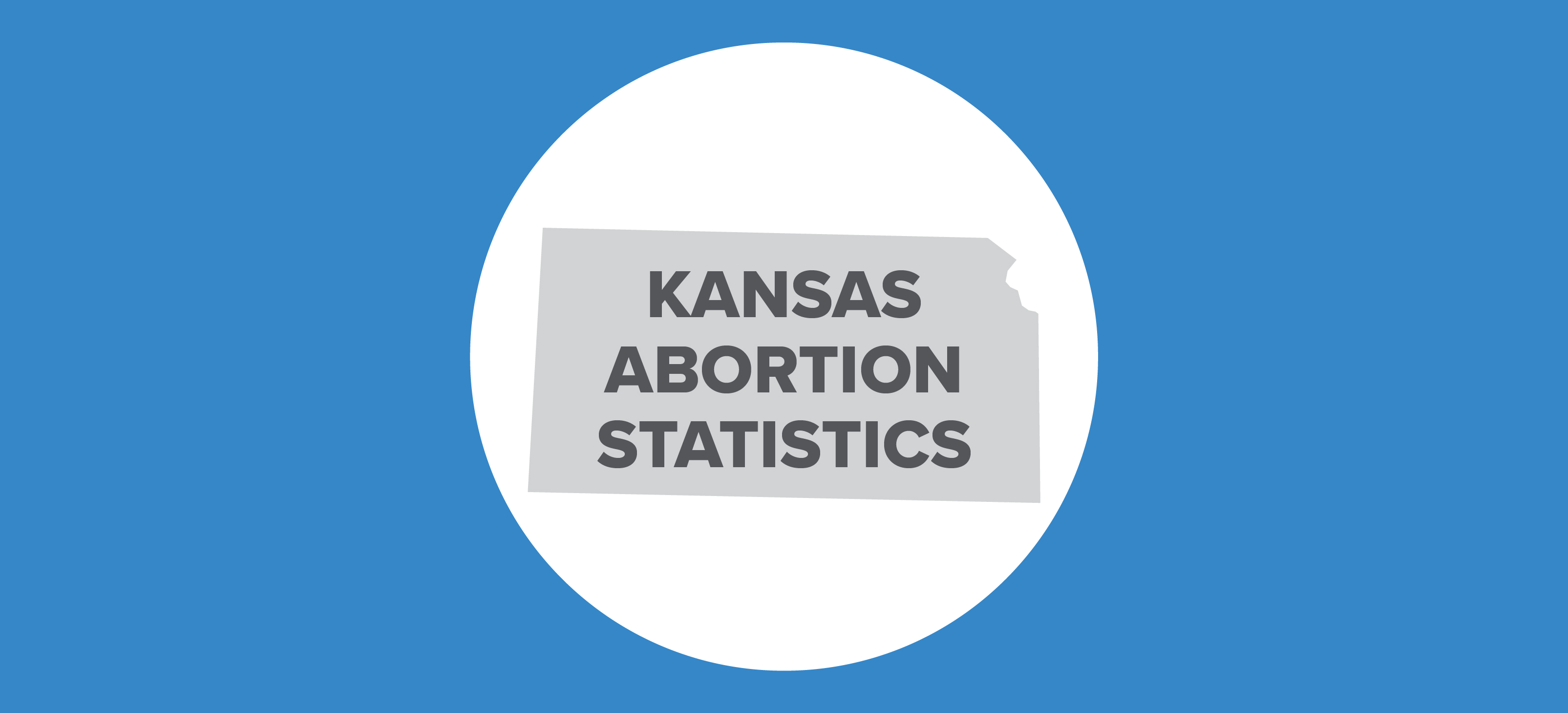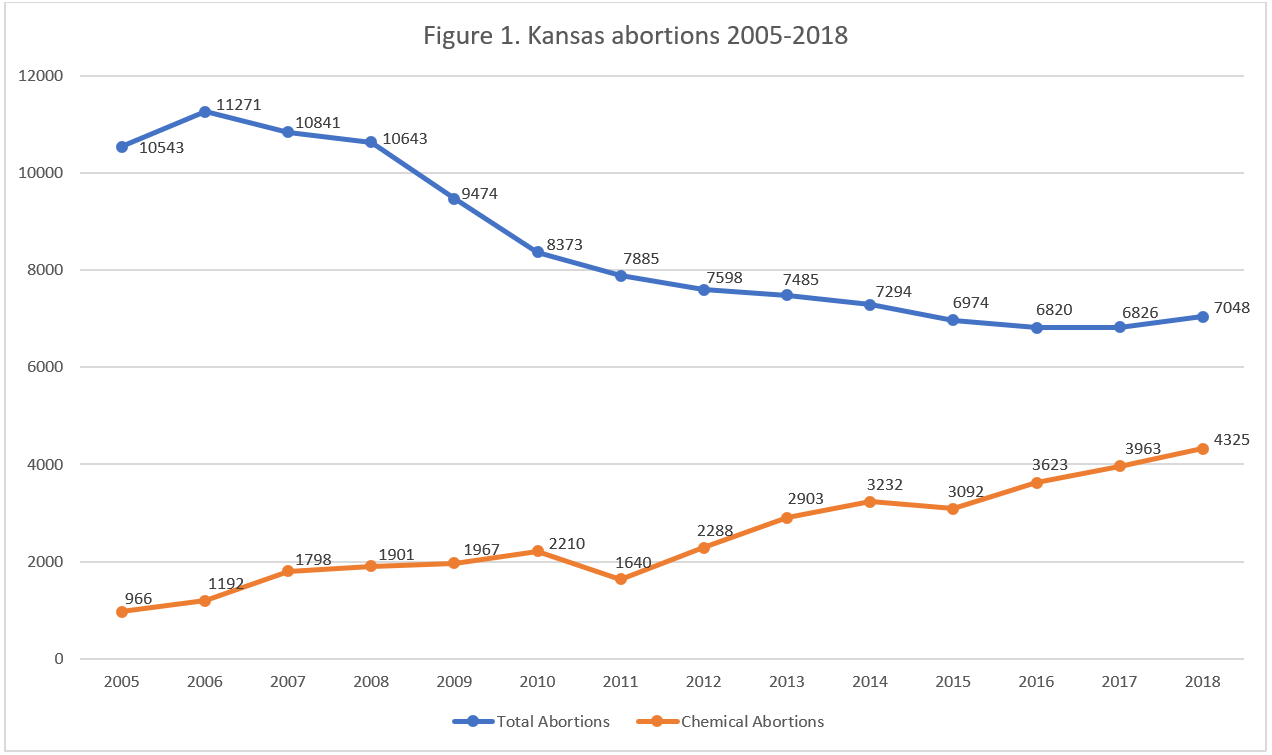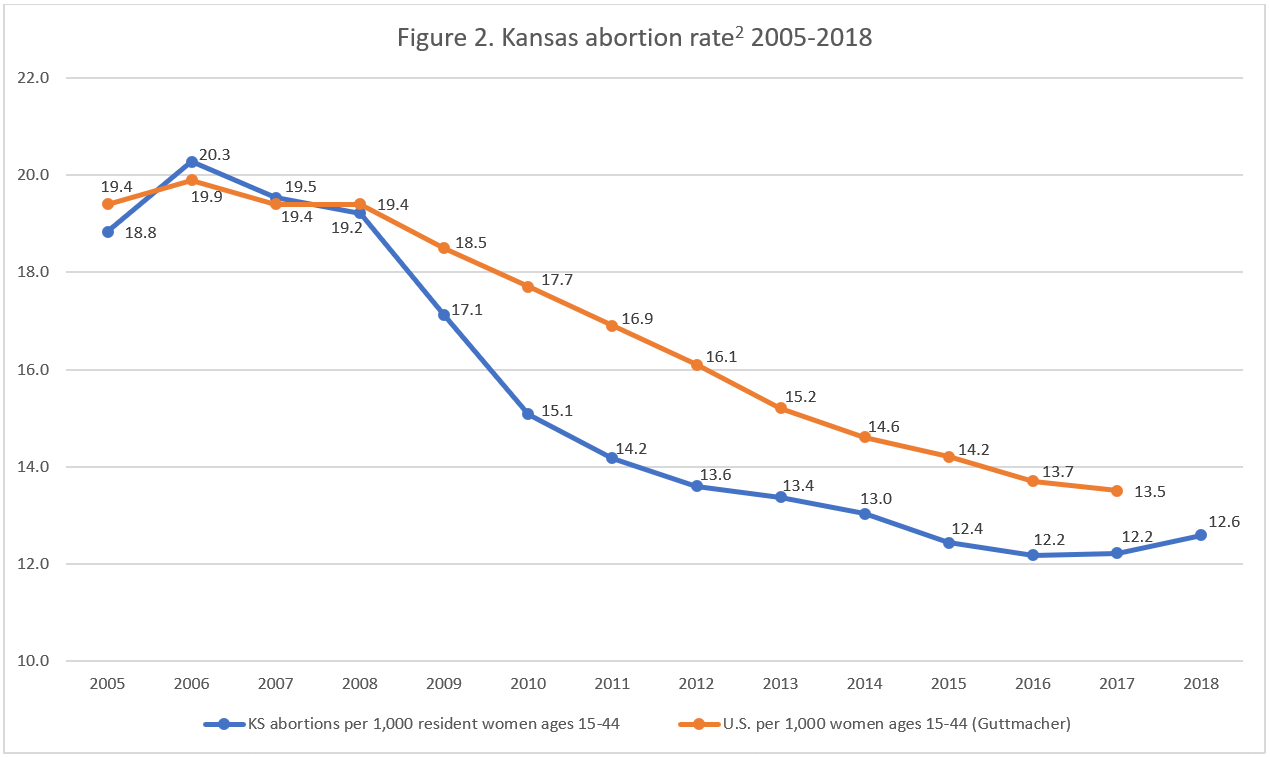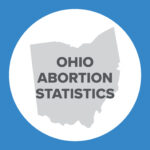Abortion Reporting: Kansas (2018)

Kansas published its preliminary 2018 abortion report in April 2019 and released the final report in November 2019. The report shows that abortions in the Sunflower State increased from the year before.
Changes in Kansas Abortions, 2017-2018

Information on Planned Parenthood’s Kansas market share is not publicly available.
Abortion Totals and Trends
Kansas reported 7,048 abortions in 2018, an increase of three percent from the previous year. The vast majority, 6,972 abortions, occurred in Kansas. An additional 76 abortions were performed on Kansas women who went to other states for their abortions. Chemical abortions increased by nine percent from 3,693 in 2017 to 4,325 in 2018 (Fig. 1). In 2018, 61 percent of Kansas abortions were induced chemically. The Charlotte Lozier Institute estimates that Kansas’ state abortion rate in 2018 was 12.6 abortions per 1,000 women of childbearing age, just below the national average (Fig. 2).
State Report Summary
Just over half of the 6,972 abortions reported in Kansas in 2018 were performed on nonresident women, a higher proportion than any other state. Missouri women made up 94 percent of the nonresident women who traveled to Kansas for abortions in 2018.
Ten percent of Kansas abortions were performed on girls under the age of 20. Sixty percent were on women in their twenties, including 32 percent on women ages 20 to 24 and 28 percent on women ages 25 to 29. Twenty-seven percent of the abortions were performed on women in their thirties and three percent on women age 40 and older. In Kansas, doctors must report any suspected cases of abuse or neglect of a minor that they encounter, and Kansas’ abortion reporting form has a checkbox to indicate whether such a report was filed. In 2018, 35 abortion reporting forms showed that suspected abuse or neglect had been reported.
Well over half the abortions (56 percent) were performed on non-Hispanic white women. Twenty-four percent were on non-Hispanic black women, and 13 percent were performed on Hispanic women. Four percent of Kansas abortions were on Asian or Pacific Islander women, not quite one percent on Native American women, and two percent on women of other races. Eighty-four percent of the women were unmarried, compared to 16 percent who were married.
The majority of the women undergoing abortions had been pregnant before. Twenty percent had experienced one pregnancy before this abortion, and 49 percent had two or more previous pregnancies, while 31 percent had no prior pregnancies. Fifty-eight percent had living children, with 24 percent with one child and 34 percent with two or more children. In contrast, 68 percent had not had an abortion before, while 21 percent had one previous abortion and 12 percent had more than one. Eighteen percent had had a miscarriage previously.
A majority of Kansas abortions (61 percent) were chemical abortions. Of these, almost all were induced using mifepristone; just four chemical abortions were performed using methotrexate. Thirty-one percent of the abortions were performed using suction curettage, while just 12 abortions were performed using sharp curettage. Seven percent were dilation and evacuation or dismemberment abortions, a procedure that sparked a legal battle in Kansas. There was one hysterotomy abortion, one induction abortion, and seven abortions performed using other means – the doctors noted that methods included suction aspiration, medical pill, Hern procedure, dilation and curettage, Cytotec, and unknown.
Most Kansas abortions occurred in the first trimester. Sixty-nine percent were performed earlier than nine weeks of gestation (of which 78 percent were chemical abortions). Twenty-one percent were performed between nine and 12 weeks. Six percent of the abortions occurred early in the second trimester between 13 and 16 weeks, and three percent were performed between 17 and 21 weeks of gestation. There were five abortions that were performed at 22 weeks of gestation or later. Kansas’ reports indicate that these five abortions were performed on residents who went out of state. Ninety-nine percent of the pregnancies were dated using ultrasound. In nine cases, a combination of ultrasound and the date of the last menstrual period was used to determine gestational age, and in two cases, the last menstrual period alone was used. The method of dating the pregnancy was not reported in 87 cases.
Kansas Supreme Court Decision
In 2015, Kansas enacted a law prohibiting dilation and evacuation abortions, also known as dismemberment abortion because the procedure involves tearing the unborn child apart piece by piece. Dilation and evacuation is a common method of second-trimester abortion; in 2015, dilation and evacuation abortions made up nine percent of all Kansas abortions and 76 percent of abortions performed in the second trimester or later.
The abortion industry challenged the prohibition in court, and the case made its way to Kansas’ state supreme court. In 2019, the Kansas Supreme Court overturned the law. In doing so, the supreme court discovered a right to abortion in Kansas’ state constitution. As a result, many of Kansas’ pro-life protections are now at risk of being ruled unconstitutional. To protect Kansas’ pro-life laws, the Kansas legislature is now moving forward with a constitutional amendment that would establish that Kansas’ constitution does not contain any right to abortion.
State Ranking
In the Charlotte Lozier Institute’s 2016 overview of state abortion reporting, Kansas’ reports tied for 15th best. To improve its reporting, Kansas could report data it collects on the levels of education of women who obtain abortions. Kansas could also report on the types of facilities where women undergo abortions and the number of abortions performed at each facility in the state.


- The number of abortions in 2017 was updated by the Kansas Department of Health and Environment from the total shown in previous CLI articles.
- Starting with the 2018 abortion reports, abortion rates are calculated by the Charlotte Lozier Institute to allow for easier state-to-state and year-to-year comparisons. Rates were calculated by CLI using population estimates from the United States Census Bureau. The rates were calculated using the following formula: (total Kansas abortions ÷ number of resident women ages 15-44) x 1,000. Rates may differ slightly from previous CLI articles due to revised abortion totals and population estimates.
























